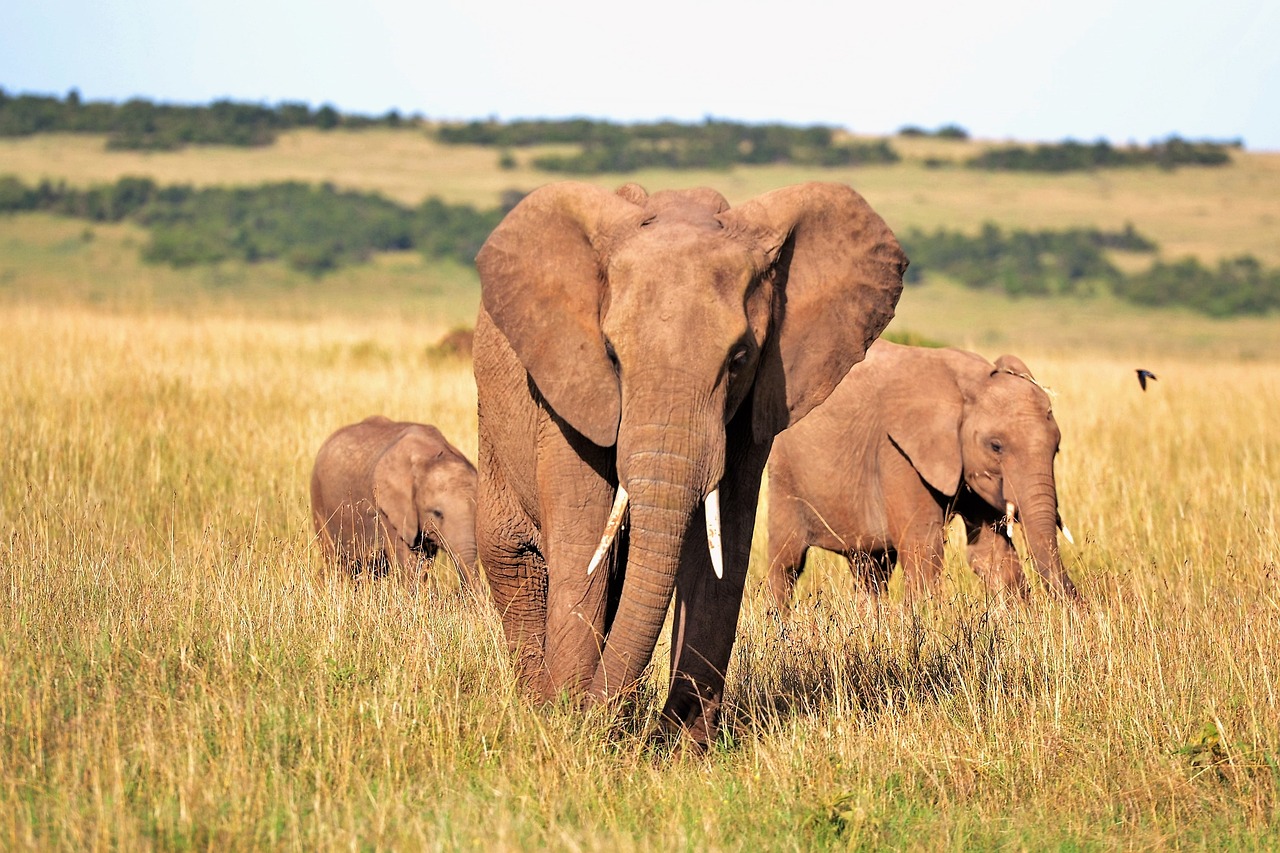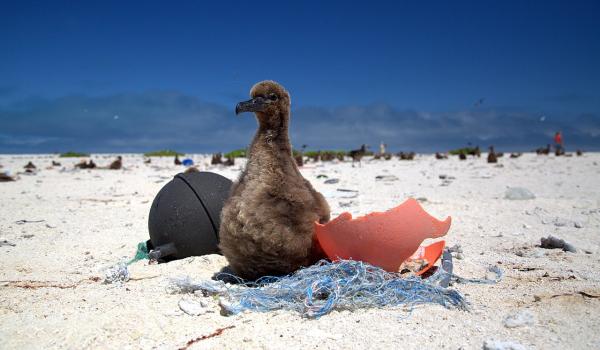When Kenya’s first post-independence leader, Jomo Kenyatta, gazetted what is now known as Nairobi National Park for the exclusive use by wildlife, he had this to say:
“The natural resources of this country – its wildlife, which offers such an attraction to visitors from all over the world, the beautiful places in which these animals live, the mighty forests which guard the water catchment areas so vital to the survival of man and beast – are a priceless heritage for the future."

At the time, and indeed today, the above statement was taken as an indication of the Kenyan government’s plan to tie conservation and tourism to the long-term future of the country. “Priceless”, Kenyatta called our wild spaces, and priceless they have proven themselves.
Also embedded in the above comment, however, is a recognition. With what good protected areas can bring to wildlife, the idea that they must be protected for the good of human beings is also there. Natural spaces are vital, said Kenya’s first President, “to the survival of man and beast.”
Tourism’s importance to the national economy:
When Jomo Kenyatta made the above declaration, protecting Nairobi National Park, he did so in September of 1963, less than a year after Kenya was made a Republic. At the time, with post-independence governments gaining control over the machinery of governance across Africa, leaders such as Kenyatta faced huge decisions.
Not least amongst what must have been a slew of crucial decisions were those that concerned what kinds of country they hoped to create.
There were likely a number of reasons that played their part in the fact that tourism has so lengthily been promoted as a key part of Kenya’s economic growth strategy. For one, the natural beauty and the diversity of fauna here were made internationally famous long before Kenya took the chance to stand on its own two feet.
Today, it is obvious that those decisions have borne fruit. Kenya is, by many metrics, the place to go in search of a safari experience. Picture the golden grasses of a savannah plain, a herd of roaming elephant or any of Africa’s big cats and it’s likely that the impression you’re constructing draws imagery from one of Kenya’s national parks.
Before the pandemic, in 2019, 2.05 million tourists visited the country. On average, they spent $860 each while they were here. That made it a $1.763 billion industry.
Those figures made tourism reflective of 1.8% of Gross National Product. That, perhaps, doesn’t indicate the huge reliance on tourism that has been suggested. However, Kenya, as all developing countries should, has managed to diversify, using its initial reliance on certain industries as a springboard toward greater productivity.
In 1995, tourism revenue represented 8.7% of GNP.
In this changing Kenya, how do communities benefit from conservation in our national parks?
The life and the natural beauty of Kenya’s national parks has been an obvious draw for international tourists, and tourism itself has been of obvious importance to the development of the country. In the reading of statistics such as those presented above, however, it is easy to lose sight of the lived effect on individuals and communities.
Kenya is not an economy, it is not just a state. It is a conglomeration of living, interacting, feeling individuals, comprising different and diverse cultures. Amidst these communities are wild spaces, filled with majestic and, at times, dangerous living creatures.
We are impossibly grateful to our international following. Without their support we would not have been able to play the part we have in advancing elephant conservation in this country. We must, however, also recognise that the protection of African wildlife for them means something entirely different than it does for those who live alongside these wild creatures.
Majestic is how we have often described elephant. Those that neighbour and farm near them might prefer the term ‘menace’. The Tsavo national parks were gazetted not because of the abundance of wildlife that lived here. They were earmarked for protective policies because no human beings lived in the area.
That is no longer the case. Population expansion has made humans neighbours to Tsavo and, therefore, Kenya’s largest elephant population. This has obviously posed challenges.
There are many that would, and do, consider the ability to live alongside elephants as a huge privilege. However, an increasingly large part of the role of conservationists is in reducing the instance rates of friction between humans and their animal neighbours.
Today, with elephant poaching less of a concern in Kenya than it was 30 years ago, a significant portion of our resources now go toward creating a system of cohabitation that benefits human communities whilst also protecting elephants.
In order to do so, an engagement between community members and conservation is vital. As essential in shaping an interest in the subject, is ensuring that that interest does not come with increased risk to human life.
In order to facilitate the first of those priorities, conservationists and wildlife protection professionals first had to prove that conservation does not solely represent a cost to local communities.
As of January this year, through the Tsavo Trust, 40 people from the local Kamungi and Shirango communities have gainful employment. With what we have gained through donations, two teachers have been employed, classrooms have been provided with computers and bursary programmes for further education have been created.
In the drive to promote the second of those aims, it is essential that life lived alongside animals such as elephant is not defined by danger and destruction. In order to accomplish that, donations have brought drinking water sources to the area. They have financed improved functioning from rapid Human-Wildlife response teams. They have brought about the creation of our 10% fence plan; fences that provide protection for crops without limiting the rangeland of roaming animals.
What do communities think of wildlife and life alongside our national parks?
These past years have been difficult ones for Kenyans and wildlife alike. The drought conditions that have been regularly documented brought communities and animals to desperation, and, resultantly, greater conflict.
Elephants, most obviously, were forced out of their regular rangeland in search of water. These marauding creatures, in the search for water, had the potential to undo any good work conservationists had played a part in in building a better relationship between man and beast.
That wasn’t, however, the case.
On World Wildlife Day, this year, Kenya held its annual Magical Kenya Tembo naming festival. The festival was used as a platform for the celebration of wildlife and for the highlighting of new threats to conservation.
Considering the desperation-inducing conditions that have been visited on this country recently, one might have expected dissenting voices as the country’s Cabinet Secretary for Tourism, Wildlife and Heritage, Peninah Malonza reaffirmed a national commitment to protecting wildlife.
That is not what was seen, however. Instead, members from local communities spoke to local press of the fact that tourism and conservation had brought communities closer to wildlife.
A village elder from a village near Amboseli national park spoke of how he and his community “came to realise the benefits [tourism and conservation] has on our people”. “Today,” he went on, “we actually see the wild just the same as our cattle”.
In a time of desperation suffered upon communities the country over, the fact that those who have lost plenty to adverse weather can still stand by the protection of creatures once considered as competition for resources is amazing.
If that doesn’t make Tsavo and Kenya’s other national parks into inspiring places, well, what does?
Article courtesy of Tsavo Trust.
Follow Tsavo Trust on Facebook, Instagram and Youtube to learn more about their work in protecting wildlife and human well-being in the Tsavo National Parks.





